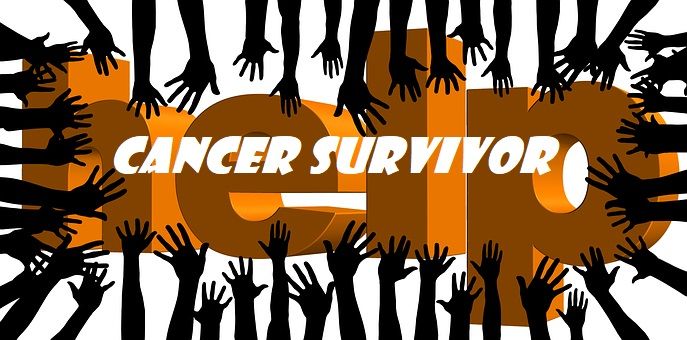Article
What Every Man’s Mate Should Know About Male Breast Cancer
Author(s):
Sometimes the person you share your life with can help save yours.

First of all—it happens. But perhaps you already know that, especially if, like me, you’re a cancer survivor. What’s really important is that relatively few men are aware that males can and do get cancer of the breast. We tend to be slow to detect it, reluctant to talk about it and late in removing it.
These are the unfortunate facts that are consistently reported by cancer studies.
Today, more than ever before, the news is spreading through social media and other far-reaching methods, but the statistics tell us we still have far to go in convincing not only men, but the medical community as well, to spread the word.
Gentlemen, check your breasts!
And this is why the spouses, partners and companions of guys are so important in the equation and in the formula for a cancer free life. It’s really very simple; we need you.
We need you to push us a bit, as though our lives depend on it. We need you to set an example in your own health routines and practices. We need you to remind us that early detection often influences the difference between stages of cancer, lymph node involvement and long-term prognosis.
Male breast cancer is extremely rare, affecting only about 1 percent of all breast cancer cases. And that’s what makes it so dangerous. That’s also what makes it invisible.
In my case, it was my wife who insisted I have the tiny lump in my left breast checked out. My fast-acting primary care physician was instrumental in getting me diagnosed within days and into surgery before a month had passed. I consider myself to be one of the lucky ones. But no man needs to be anything less than lucky with an early diagnosis and a vigilant life mate. What we fail to see ourselves is often noticed by those who are closest to us.
The most common sign of breast cancer in men is a painless lump. This was how mine was first presented. However, any change in the breast (or chest area) or nipple can be a warning sign of breast cancer in men.
Here are the classic signs to watch for:
A lump, hard knot or thickening in the breast, chest or underarm area (usually painless, but may be tender)
A change in the size or shape of the breast
Dimpling, puckering or redness of the skin of the breast
Itchy, scaly sore or rash on the nipple
Pulling in of the nipple (inverted nipple) or other parts of the breast
Nipple discharge (rare)
Men tend to have much less breast tissue compared to women. Consequently, some of these signs can actually be easier to notice in males. And just so you know guys, these symptoms may also be signs of a benign breast condition. So, don’t let fear get in the way of having it checked out.
In a perfect world, all men would know to take a quick and simple look for signs of those typical male cancers: testicular, prostate and that “new one,” cancer of the breast. But we don’t. So, I say thank you in advance to all the people who are the significant others in our lives. Thanks for supporting us in our health and healing and for being, in many cases, the motivating force behind getting us in to have a breast exam.
www.MaleBreastCancerSurvivor.com




